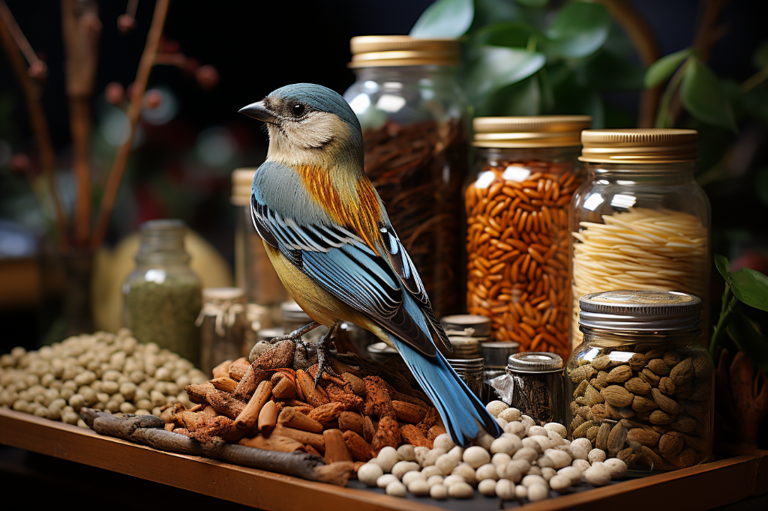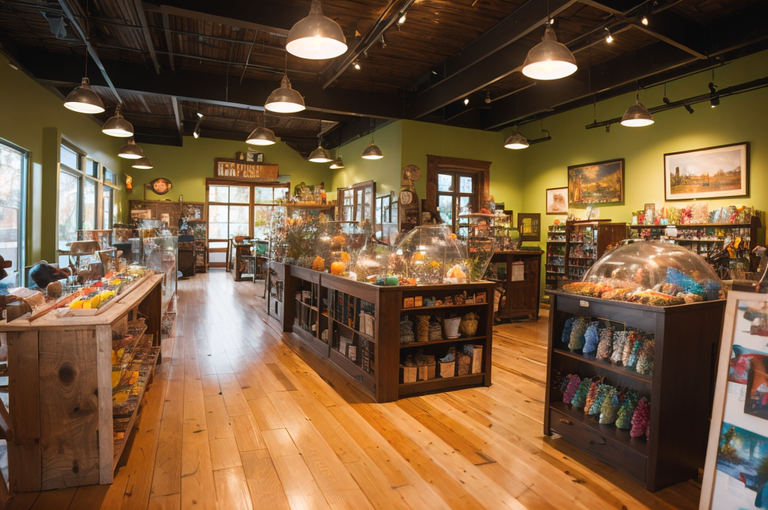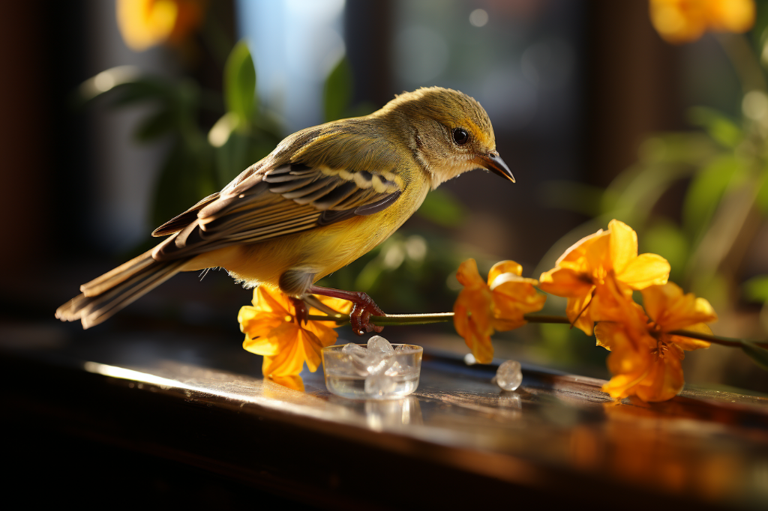Feeding Birds with Oats: The Dos, Don'ts and Healthy Recipes

The article explores how dry oats are safe and nutritious for most birds, but wet or cooked oats can be dangerous. It discusses oats in suet cakes and homemade bird food, the need for a balanced bird diet, and their water needs.
Introduction to Oats as Bird Food
”Ah, the wonder of oats! A versatile grain, a staple food, and as it turns out, a delightful nourishment for our feathered friends! Ever pondered the question what can i feed wild birds? Well, oats could be part of the answer.
Nutritional Benefits of Dry Oats
Dry, uncooked oats are little packets of health, teeming with essential nutrients like fiber, protein, magnesium, and thiamine. The crunching sound of a beak on a grain of oat resonates with the music of wild bird feeding, a testament to the inherent goodness they gleefully devour.
Potential Hazards of Wet or Cooked Oats
But not all oats make for safe bird food. Cooked, wet and porridge oats can become a choking hazard or worse, harden on a bird’s beak, rendering the poor creature helpless. As I watched the morning sun rays bless the forest with their warmth, I reflected on this peculiar dilemma. Nature has given birds strong beaks, and yet, a mere dollop of wet oats could reduce them to a helpless state.
Suitable Consumption Methods for Birds
Dry oats, with their worry free crunch, are best suited for our feathered counterparts. These can either be offered as they are, directly fed to our fluttering friends –or incorporated into other bird food forms. Imagine the delightful squawk of curious bird voices as they explore the nutrition bounty spread before them.
From the dew kissed woods to the heart of the city, every nook celebrates the harmony of birds in their natural habitat. As a fervent observer and chronicler of these mesmerizing creatures, I urge you to understand their dietary needs, for the song of a healthy bird never fails to bring comfort to the listener’s soul. By feeding them the right sustenance, we not only keep our avian friends hale and hearty, but also ensure that their enchanting tunes resonate in nature’s orchestra for time eternal.”

Use of Oats in Homemade Bird Food Recipes
Peering into the avian world through my bird enthusiast lens, the delightful process of formulating bird food recipes often reminds me of a carefully calibrated dance. The incorporation of hearty, nutritious oats into these recipes, particularly suet cakes—the high energy food of choice during chilling winters or strenuous migratory journeys—is like poetry in motion. The oats intertwine with suet, like a songbird weaving its nest, creating a feast for our feathered friends and simultaneously serving the dual purpose of being a deterrent to wild bird mites.
Incorporation of Oats in Suet Cakes
To begin our culinary journey, oats are meticulously mixed in a proportion that renders the suet cakes neither too crumbly nor too unmanageable. From my observant eyes, this finely blended concoction simulates the consistent coherence you might find in a well tuned bird chorus.
Addition of Other Beneficial Ingredients
Merging seamlessly into the oats and suet, additional nutritious add ons like dried fruits and chopped nuts are introduced. Almost as if they were newfound buddies on a migratory journey, these ingredients complement each other, fortifying the suet cakes with that extra flare of flavor and nutritional goodness loved by chirruping inhabitants of the avian kingdom.
Testing the Firmness of the Suet Cakes
Lastly, but significantly, the process involves testing the firmness of the suet cakes. Ideally, they should be firm enough to hold in the vulnerable claws of our winged friends, yet soft enough for their delicate beaks to feast upon. From my unique bird’s eye view, conceptually similar to determining the firmness of a sparrow’s nest— solid enough to house fragile eggs, yet comfortable enough for the restless hatchlings.
Through this medium of homemade suet cakes – rich with oats and fortified with fruits and nuts – you too can experience the magic of communion with our bird friends, while keeping the vexing wild bird mites at bay.

Balanced Diet For Birds
Importance of a Variety of Food Sources
In the avian world, variety truly is the spice of life. Different food sources offer a wide range of nutrients, making a varied diet essential to bird health. For instance, can wild birds eat oats? Undeniably so, oats, when incorporated into their meals, contribute to a balanced diet for our feathered friends.
Safe Use of Kitchen Scraps and Leftovers
Many of us share an irresistible urge to share our meals with our winged visitors. Here’s the thing though while it’s perfectly acceptable to offer birds kitchen scraps and leftovers, it must be done judiciously. Remember that certain human foods can be detrimental to them. So moderation, my dear companions, is key.
Monitoring the Bird’s Health
As a keen observer and relentless pursuer of avian truths, I’ve learned that the relationship between a bird’s diet and its health is crucial . Regular observations and check ups of our airborne companions can divulge vital insights into the effects of their diet. Through keen and continual examination, we can ensure their meals aren’t causing any harm.
Feeding wild birds can be a rewarding pastime. As we partake in this delightful activity, let’s remember that we hold the responsibility to ensure their diet is as balanced and nutritious as possible. After all, their health and, ultimately, their survival lies partly in our hands.

Hydration Needs of Birds
Like all living creatures, wild birds have their needs those basic elements that sustain their vibrant flight and twittering songs. Water, believe it or not, is as essential to these winged wonders as it is to us. So whispers the wind carrying the question what can wild birds eat and drink?
Importance of Water for Birds
As on old saying states, ”A bird is three parts feathers and one part water”. Water sustains them, quenches their thirst, and serves as their cleaning agent. Bathing in water is not merely an act of frolic for our feathered friends, it is a mystical ritual they partake in keeping their gorgeous plumage in optimal condition.
Providing Water During Cold Seasons
As the seasons change, the once gushing brooks harden into ice, leaving our little champions of the sky with bated breath and palpable worry. Us humans, as partners of the planet and its creatures, can lend a helping hand. Unfreezing a bird bath, providing warm water regularly, or installing a birdbath heater are some ways to assist during these frigid times.
Regularly Changing the Water Supply
The water they drink, bathe and play in, like my father’s gentle wisdom, must be clear, clean, and refreshing. A dirty bath can quickly turn into a cesspool of diseases, much like a muddy puddle. And so, changing their water daily and cleaning the bird bath with a quick brush down becomes vital, like the rhythm of a sparrow’s heart.
After all, isn’t it we who enjoy the dreamy lullaby of the nightingale or the dawn chorus of our backyard songbirds? Then why not contribute to their wellbeing, starting with a small act of providing clean water? For in the end, what a wild bird can eat or drink may be a testament to its survival, but to us, it poses a question how can we be better stewards to our winged neighbours?
Key Takeaways
Safely Incorporating Oats in Bird’s Diet
Just as dawn breaks, I find myself strolling in the garden, eager to greet my winged friends. The question I often get asked is ”Penelope, what can I feed wild birds?” Well, uncooked, dry oats are a safe bet. They offer plenty of nutritional benefits for our feathered visitors. However, be wary of wet, cooked oats as they can pose hazards that could be detrimental to their health.
Preparing Homemade Oat-Based Bird Foods
During my winter morning feedings, I frequently use suet cakes as a vehicle to incorporate oats into the birds’ diets. These high energy foods are particularly beneficial during colder months or migratory periods. It allows you to not only answer the question, ”can wild birds eat oats?” with a resounding yes, but also lets them enjoy the nourishment of oats in a delightful way.
Ensuring a Balanced Diet and Adequate Hydration
Just as birds’ melodious tunes bring harmony to the forest, so does feeding them a balanced diet. Yes, oats are a great component but there’s a whole variety of other foods that they need to thrive. I’ve come across wild bird mites, even on the healthiest of birds, which only goes to emphasize the importance of their diet. And of course, alongside their meals, they must have access to clean water. Birds need hydration as much as we do, and it helps keep those pesky mites at bay.
So, next time you find yourself pondering what can wild birds eat?, remember the three golden rules – incorporate oats safely, whip up some homemade oat based bird foods, and ensure a balanced feast accompanied by ample hydration. These are nuggets of wisdom I’ve gathered from my dawn till dusk engagement with these beautiful creatures. From the cheerful chickadees to the tuneful titmice, each bird adds a unique note to the symphony we call nature, and in return, they ask for nothing more than a little consideration of their dietary needs.


